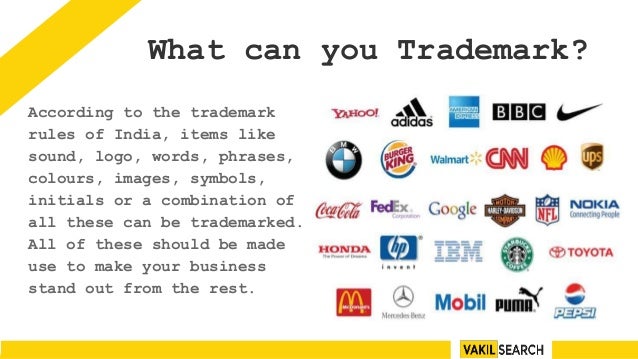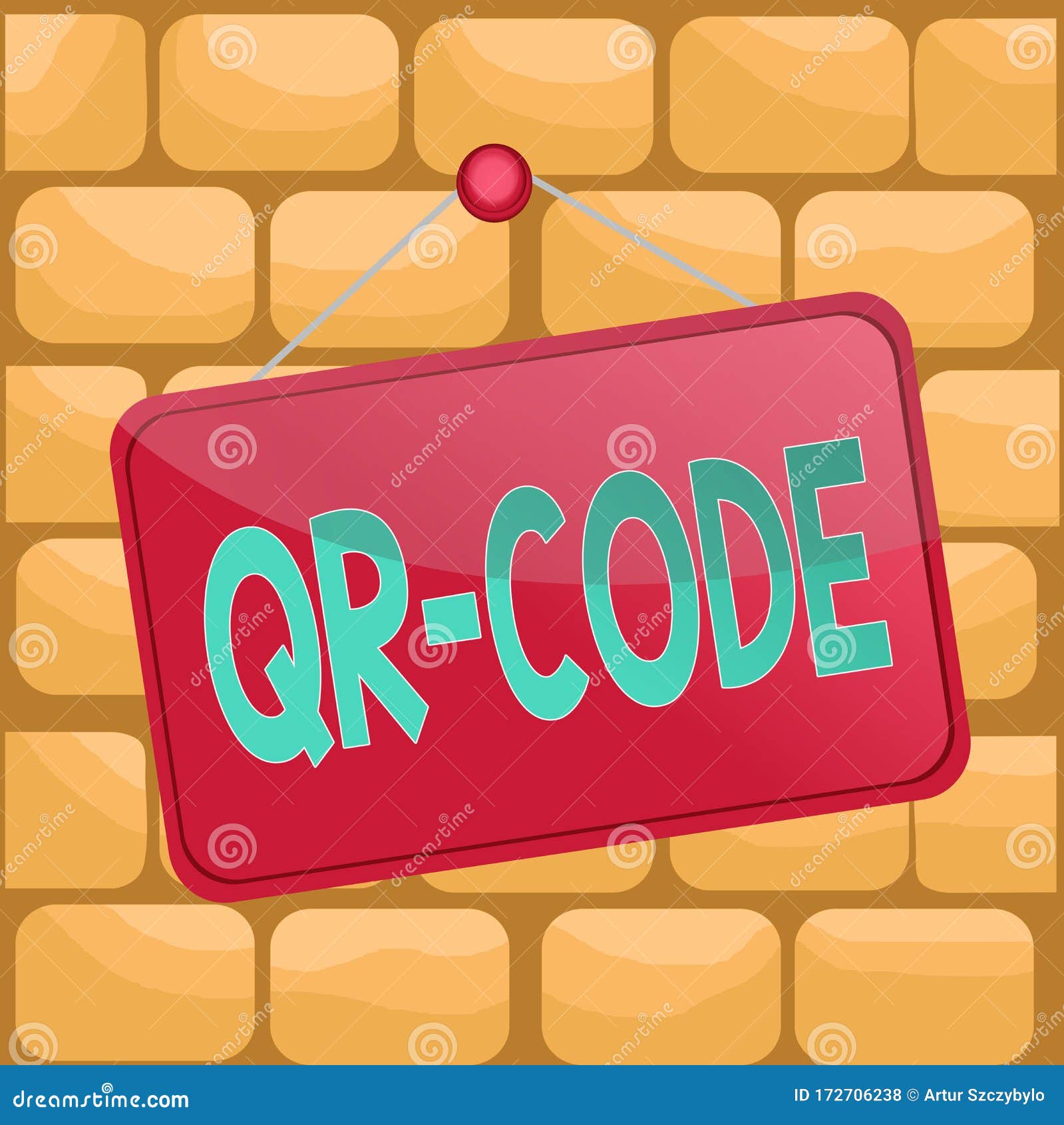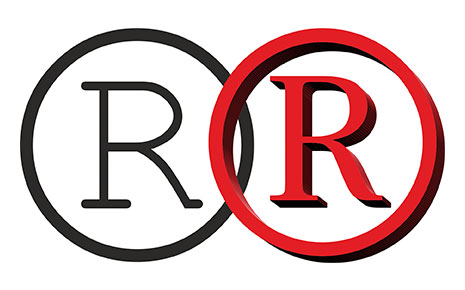
A Trade mark [TM] is defined under Section 2(zb) of the Indian Trademarks Act, 1999 as mark capable of being represented graphically and which is capable of distinguishing the goods or services of one person from those of others and may include a shape of goods, their packaging, and combination of colors.

1 A symbol, word, or words legally registered or established by use as representing a company or product. ‘The author cites four key types of intellectual property: trademarks, copyrights, patents, and trade secrets.’. ‘Legal vigilance over brand names and trademarks is. Definition of trademark (Entry 1 of 2) 1: a device (such as a word) pointing distinctly to the origin or ownership of merchandise to which it is applied and legally. Word marks: Word marks may be words letters or numerals. A word mark gives the proprietor a. A registered trademark is a symbol, word, or combination that represents a company or a product and differentiates it in the market. A registered service mark represents a service.
A trademark may include a device, brand, heading, label, ticket, name, signature, word, letter, numeral, shape of goods, letter packaging or combination of colors or any such combinations. The qualification for a trademark assignmentbeing its capacity to distinguish the goods or services of one person from that of another.
What are the types of Trademarks?

A trademark may be divided into the following categories:
1. Word marks: Word marks may be words letters or numerals. A word mark gives the proprietor a right only in the word, letter or numerical. No right is sought with respect to the representation of the mark.
Meaning Of Trademarking
2. Device marks: Where the trademark lies in the unique representation of a word, letter or numerical, it is called as a device mark.
3. Service Marks: A service mark is nothing but a mark that distinguishes the services of one person from that of another. Service marks do not represent goods, but the services offered by a person/ company.
They are used in a service business where actual goods under the mark are not traded. It is a mechanism available to protect marks used in the service industry. Thus businesses providing services like computer hardware and software assembly and maintenance, restaurant and hotel services, courier and transport, beauty and health care, advertising, publishing, educational and the like are now in a position to protect their names and marks from being misused by others. As service marks, the substantive and procedural rules governing the service marks are fundamentally the same.
4. Collective Marks: Marks being used by a group of companies can now be protected by the group collectively. Collective marks are used to inform the public about a particular feature of the product for which the collective mark is used. The owner of such marks may be an association or public institution or cooperative. Collective marks are also used to promote particular products which have certain characteristics specific to the producer in a given region.
5. Certification Marks: Certification marks are used to define standards. They assure the consumers that the product meets certain prescribed standards. The presence of a certification mark on a product indicates that the product has successfully gone through a standard test specified. It assures the consumer that the manufacturers have gone through an audit process to ensure the quality of the product. For example, Toys, Electrical goods, etc. have such marking that indicates the safety and the quality of the product.
The difference between the certification mark and the collective mark is that the collective mark is used by a particular enterprise or members of the association while a certification mark may be used by anybody who meets the defined standards. You can learn more about a series of trademarks here.
6. Well-known marks: When a mark is easily recognized among a large percentage of the population it achieves the trademark status of a well-known mark. Well-known marks enjoy greater protection. Persons will not be able to register or use marks, which are imitations of well-known trademarks. In order to be well-known, a trademark needs to be known/recognized by a relevant section of people. These people include actual or potential customers, people involved in the distribution and business service dealing with the goods/services. Now you can declare your mark as well known marks and learn more details here.
Meaning Of Trademark In Law
7. Unconventional Trademarks: Unconventional trademarks are those trademarks that get recognition for their inherently distinctive feature.


